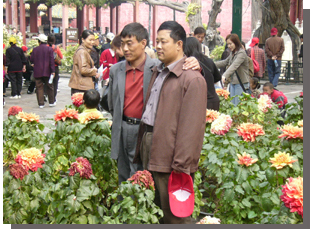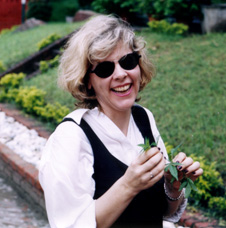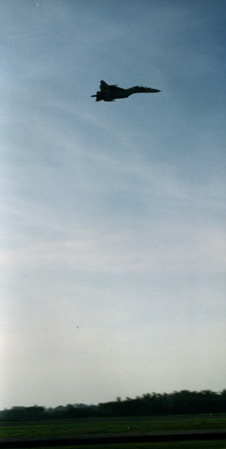The Forbidden City is one of those names you find in China that has real, evocative, poetic power in just the name itself. Forbidden to whom? And for what reason? And a whole city?! – are you for real? If your disposition is so inclined, it is also a name that makes you want to climb the wall and get inside, just to show it is not so “forbidden”. I wonder how many local Chinese felt so drawn in the years that it housed its emperors, from the early fifteenth century through to 1911. Quite a few like me I suspect.
Now of course tourists pour through the city and what was closed and forbidden is no longer. It has lost none of its allure for that. Rather, for me there is additional potency in the site for the simple reason that the “average joe” in China, and foreigners too for that matter, can wander through the Forbidden City – for so it is still named.
It is not quite a living museum, although a detachment of soldiers are garrisoned there, where their drill and parading can be evaluated under the critical eye of retired drill masters and parade ground veterans from every army in the world, now turned ambling tourists. But much of its appeal lies in the fact that if you close your eyes and remove the surging, chattering masses, you can see a gentle royalty and sense the hush of a bureaucracy in action. Buildings remain the same, as do pavements and walkways, verandas, gates and walls. Unlike many areas of Europe rebuilt from the rubble of wars, you know that where you are walking is where the Emperors and their families trod as well.
As you progress through the city you are drawn, before being ejected out into the street, into the Imperial Garden. Something of an inner sanctum where various emperors over the centuries came to relax, and to be themselves. It is a gnarled garden with twisted trees, weathered rock and worn pavement, among which grow the largest and most striking dahlias I have ever seen.

And while admiring them one afternoon I was startled by two leathery, middle aged Chinese men who silently stepped into a bed of them, placed arms around each other and posed for the camera. Once the photo was taken they smiled at each other and stepped away. Not trampling the flowers but not taking too much care either. I nearly laughed out loud as the image tumbled around in my head. What would any of the emperors have thought of that? What were the other visitors thinking? No one seemed too bothered by the scene, although this really is a place for observing “do not touch” protocols. What did they mean by the pose – while China is a community based society it is not my experience that men show this sort of affection for each other. Were they so overwhelmed by the experience of the Forbidden City that they forgot where they were? Perhaps they were wired a little like me and instinctively sought out the perverse or contrary pose. Or maybe the answer is simply they are dahlia lovers. That is it! Here are the Chairman and Secretary of the Peoples Great Beijing Dahlia Admirers Society. Picture for the cover of this years annual report.
Who knows? But in a land of rules and compliance, in the heart of the Imperial Garden, in the holy of holies of the Forbidden City, this pair struck an appealing chord with my sense of humour and my sense of the absurd. And of course with that part of me that increasingly appreciates seeing two friends showing affection for each other.





















No comments:
Post a Comment